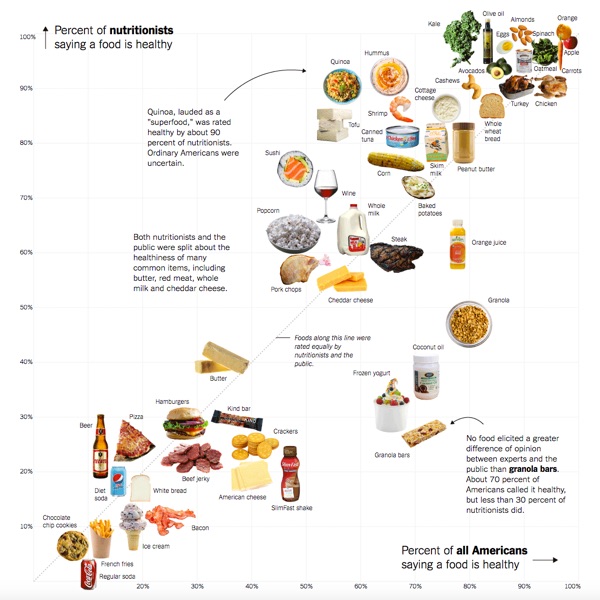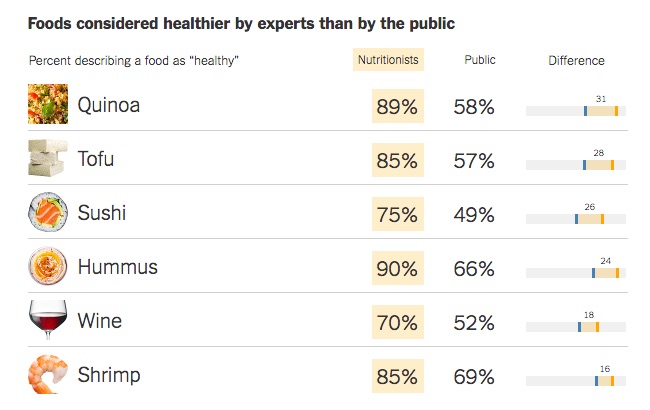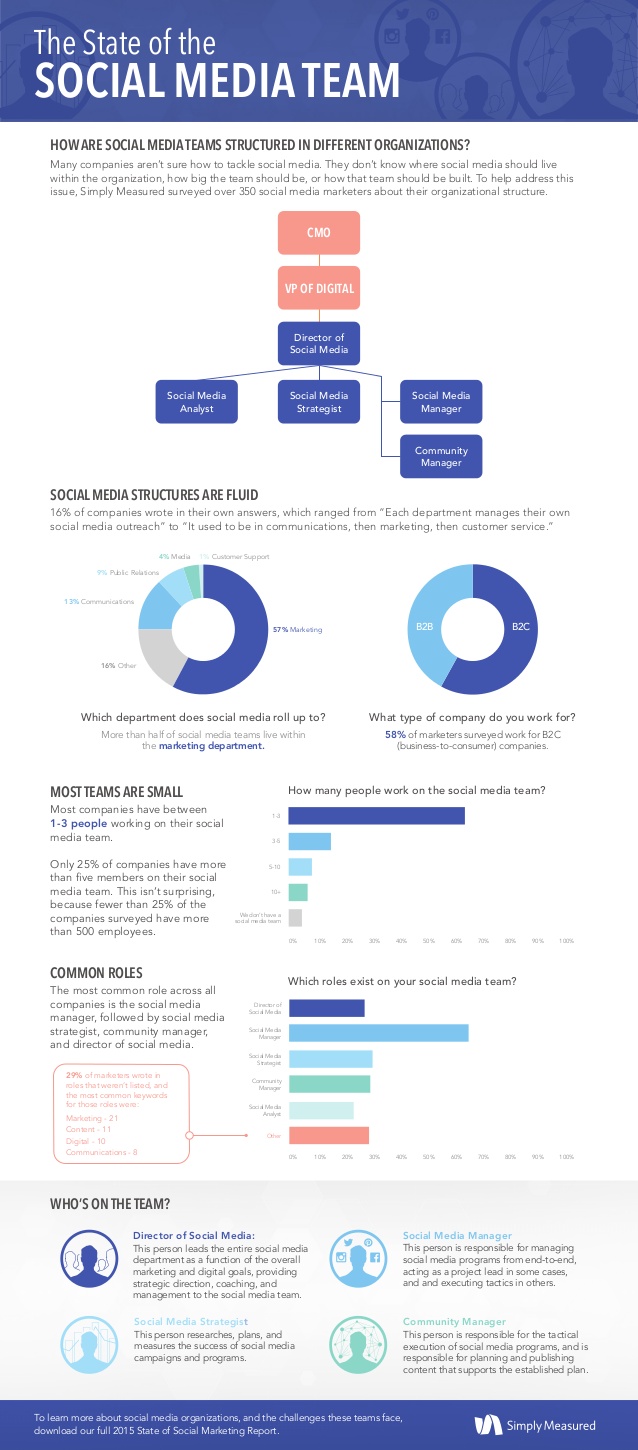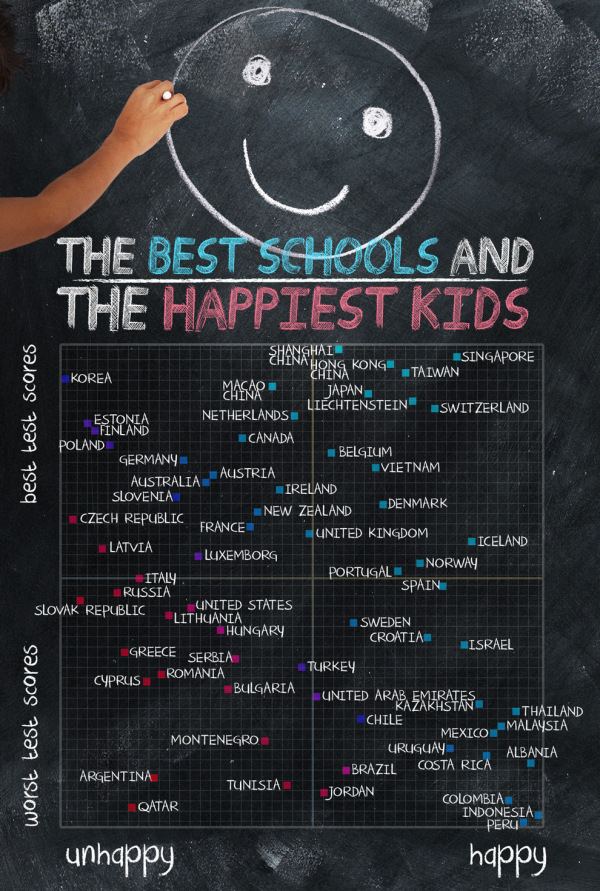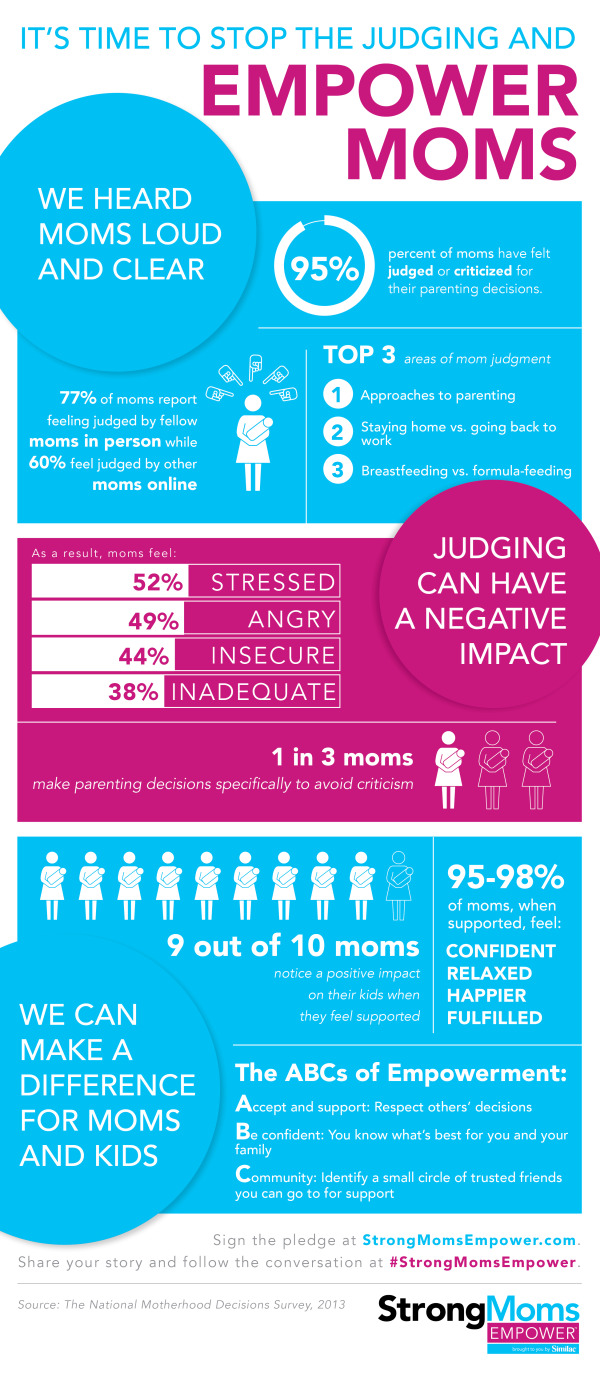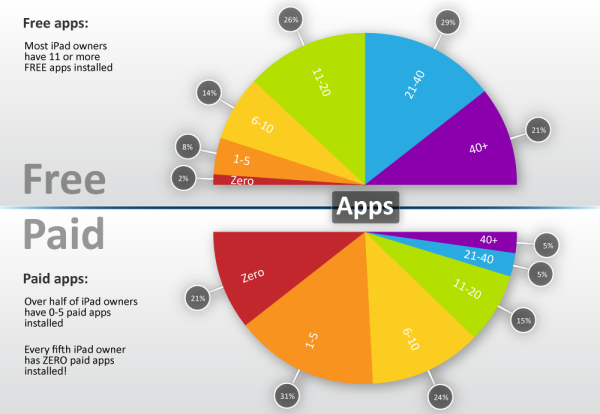
The Consumer Attitudes to SMS Marketing and Texts Alerts infographic is the results of a survey done by Text Marketer. The survey was conducted to find out the consumers’ view on receiving text alerts from companies.
The infographic is based on an exclusive survey of over 1,350 consumers in to their attitudes to SMS marketing.
The results highlight that 84% of customers want to receive appointment reminders, 61% want order confirmations and 89% would like delivery notifications via text; showing there are a lot of ways to market through this channel that customers love.
48% of consumers are also likely to respond to a text from a company they have previously purchased from. Consumers love special offers by text and like to be able to ask questions to companies via text messages.
Since the data is from their own survey research, there are no additional data sources cited. The purpose of the first section is to establish the credibility of the data, but the total number of respondents alone isn’t enough. Surveys like this target specific consumers, and use screener questions to target a specific portion of the population. What type of consumers were surveyed for this report?
The visualizations of the data are clear, and the iPhone illustrations for the results of each question break apart the data nicely. It’s a little hard for readers to understand that the lineup of iPhones is meant to add up to the total of 100% of respondents for each question.
The footer should include a copyright notice, and the URL back to the original infographic landing page so readers can find the full-size version if a link is not available. A link to the source data would increase the credibility of the data too. Instead, the landing page has a link to the home page of Text Marketer as the data source link, which means public access to the numeric data is not available.
Thanks to Mike for sending in the link!









 Randy
Randy


